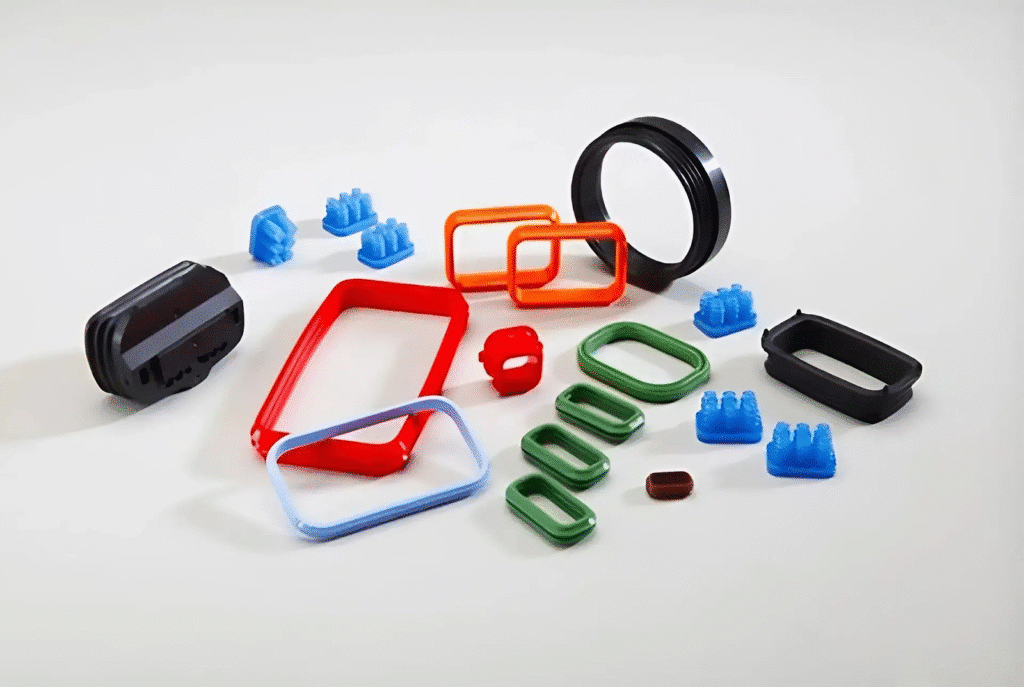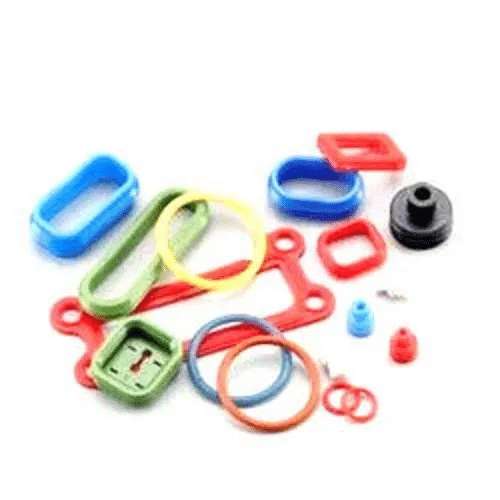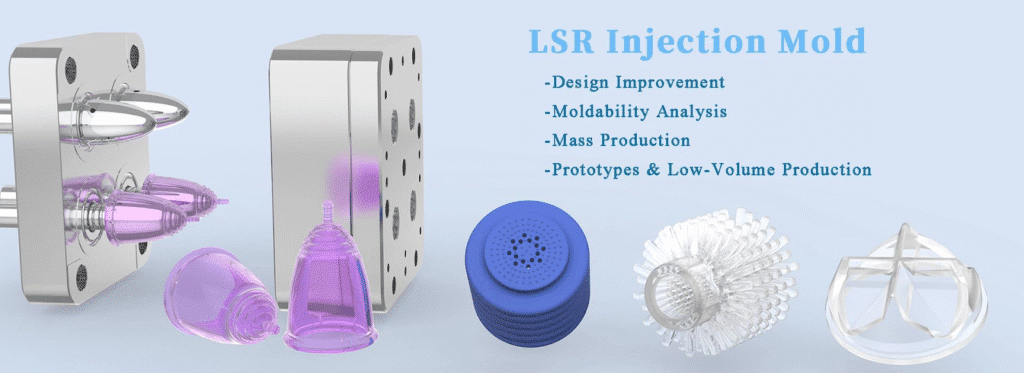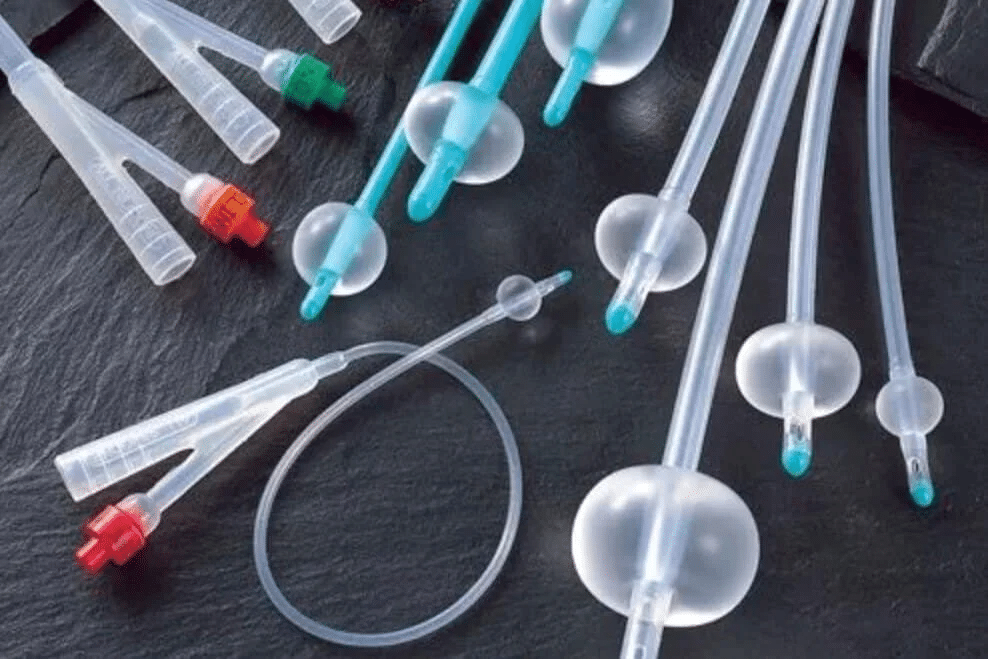
Introduction: Why Understanding LSR vs HCR Matters
With the constantly changing environment of manufacturing, the choice of the appropriate silicone type can make or ruin the performance of a product, particularly with the pressure of precision, sustainability, and efficiency being at a high like never before in 2026. Being a veteran engineer at Dongguan Haotian Silicone Technology Co., Ltd., where we have been doing Liquid Silicone Rubber (LSR) and High Consistency Rubber (HCR) since 2015, I have dealt with numerous projects with both Liquid Silicone Rubber (LSR) and High Consistency Rubber (HCR). These two types of silicone elastomers are commodities in medical, automotive, electronics and consumer goods industries, yet not interchangeable.

The main message in the discussion of LSR vs HCR silicone is as follows: LSR is better known to be used in high precision, automated injection molding of complex and high-volume parts whereas HCR is preferred in compression molding of more difficult, resilient parts in less volume or large scale production. Those differences, based on material form, ways of processing and the performance of the end use, can be understood to prevent expensive errors in design and production. I will use practical experience in patented multi-color integrated molding and ISO9001 and ISO14001 certification in this guide to make a comparative presentation that is clear and practical. Be it an engineer in his or she optimisation of speed or a buyer in his or her cost and quality balancing, this breakdown will empower you to make wise decisions.
Section 1: What Are LSR and HCR Silicones?

In order to understand the distinction of LSR and HCR silicone, we should begin with their basic compositions and shapes. Liquid Silicone Rubber (LSR) is a low viscomosity, two-part silicone system, which is usually A and B parts combined with a platinum catalyst to cure into a flexible elastomer. It can be poured like a thick liquid thus suitable when it is required to flow in complicated molds without bubbles. LSR is frequently used in our factory in applications that need high purity in the medical grade or transparency as long as it is platinum-cured, which reduces byproducts and makes it biocompatible.
On the other, High Consistency Rubber (HCR) is a thicker silicone, which is similar to a putty or dough-like gum. It is typically peroxide- or platinum-cured and must be mixed and molded with mechanical force. The many consider it to be the traditional silicone rubber, which is HCR silicone, which is reflective of strong silicone rubber, which is useful in challenging environments. Both LSR and HCR are solid silicone elastomers after curing, that are based on the same polydimethylsiloxane (PDMS) bases but their differences lie in their viscosity and their curing agents. Liquid vs solid silicone is not really the case because LSR is always liquid until it becomes solid whereas HCR is always high consistency.

In a product-line mentality, the decision usually comes down to the size of the project, LSR is more fluid and can be automated with, and HCR is more malleable in that it can easily be changed manually during prototyping. Using our invention patent in silicone multi color integrated molding, we have already experienced how customization can be done with the help of adapting these materials though it is important to know the basics so as to capitalize on them.
Section 2: Core Differences Between LSR and HCR
Burrowing further on the discussion of LSR vs HCR molding process, the differences can be well illustrated in the manner in which they are handled during production and their performance after the curing process. We would like to dissect it into systematized parts according to our everyday activities.

To begin with, form and viscosity: LSR is a free-flowing liquid with a viscosity of about 10,000-100,000 cP, which allows it to flow into complicated cavity of a mold easily. HCR is a viscous resin with a viscosity of over 1,000,000 cP and must be kneaded or extruded to form.
Molding techniques emphasize the difference LSR is compatible with liquid silicone injection molding (LIM), wherein it can be pumped into hot molds and allowed to cure quickly – cycle times as short as 10-60 seconds. HCR can be used in compression or transfer molding, in which pressures are applied to the material in the molds heat-welded, and the duration can take 2-10 minutes per cycle. Consider LSR as being used to produce small and intricate components in large quantities whereas HCR compression molding is used to produce large items.

Curing processes vary as well: LSR has a clean and fast platinum cure, and post-cure is not required in most instances, which makes the curing process volatile. Peroxide curing could be employed by HCR, leaving residues that have to be post-baked, or platinum can be employed to achieve a cleaner result.
Automation rates are to the advantage of LSR: It is compatible with the robotic systems to operate unmannedly, which reduces labor expenses. HCR can be manually loaded, which is more appropriate to small runs.
Lastly, material performance: LSR has medium optical clarity and dimensional stability with standards as narrow as +-0.05mm, and ideal in medical devices. HCR is stronger in tears (up to 50 kN/m 20-40 kN/m) and vibration damping strength. These fundamental variances in the LSR vs HCR molding shape our project recommendations at our daily projects.
Section 3: Advantages and Limitations of Each

The comparison of the benefits of LSR silicone, and the strengths of HCR can help explain the situations when each of them should be utilized. LSR is also precise so that it cannot be overcome when producing high volume with complex geometries, such as an overmolded part using an insert- e.g. a medical catheter or electronic housing. Its rapid cycles minimize wastes and its regular quality easily meets the FDA requirements. The weaknesses of LSR are however its initial tooling costs (which are higher due to specialized injection machines) and its inability to do very thick cross-sections, where entrapment of air can occur.
HCR silicone has the advantage of versatility in the conventional designs, as it is having high mechanical properties in high pressure situations, such as seals in heavy machines. It can be painted to fit a custom color and is not that costly to do small production in small batches. Limitations? Those longer cycle times add more labor, and inconsistency in manual processes may occur, but this is reduced by our SEDEX-certified protocols. The question of injecting silicone or compression molding silicone dubs in a scale off of efficiency questions LSR and robustness questions HCR.
Section 4: Molding Applications in Different Industries
In reality LSR silicone use prevails where extreme accuracy is required. LSR is biocompatible and therefore ideal in the medical industry in valves, baby nipples and implantable seals, and our multi-color process is patented such that hygienic, appealing designs can be made. High-stress gaskets and vibration isolators used in automobiles are made using HCR, where tear resistance is more important than flowability.
In the case of consumer goods, LSR allows dimensionally multi-color kitchenware such as bespoke silicone mats, with HCR being suitable in the case of oven-safe seals. Electronics prefer LSR, in case of accurate connectors, and HCR, in case of insulating boots. HCR silicone molding industry application is usually industrial, whereas LSR is wearable innovation.
Section 5: Cost, Production Efficiency & Quality Control
In cost efficiency, LSR molding efficiency is most efficient with large production: The initial investment of tools can be expensive, 5-20,000 dollars, however at cycles less than a minute, the unit cost is in the cents. The HCR cost of production is cheaper in the short run (1000-5,000 of molds) but expensive in the long run in terms of labor and low throughput.
We found a middle ground in silicone factory China hubs such as Dongguan where we apply the LSR technique to automate and the HCR technique to prototypes. The quality control is strict: In the case of LSR, the inline monitoring is the assurance of uniformity, whereas in the case of HCR, the post-cure checks are performed according to the ISO standards. Such a two-fold strategy reduces fault, and reliability is improved.
Section 6: Future Trends in Silicone Molding
In the future, as of 2026, the trends indicate a convergence of the two systems whereby, with the help of advanced platinum curing technology, the precision of LSR could be merged with the toughness of HCR to produce eco-friendly outputs. Our multi-color integrated molding is going to expand, as well as AI to monitor quality to minimize wastage.
Finally, select LSR when the requirements are complex and high in volume such as medical devices whereas HCR is applicable when the requirements are strong and flexible such as automotive parts. Silicone molding will be able to produce more sustainable and accurate products due to their continued development in R&D, which propels the industry.